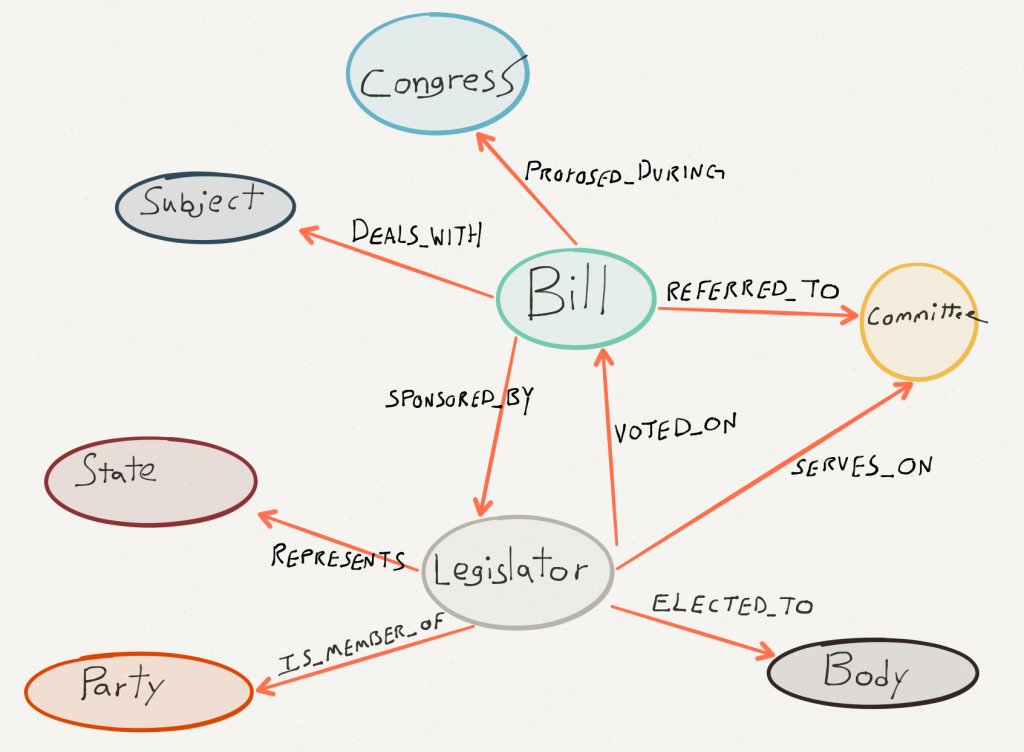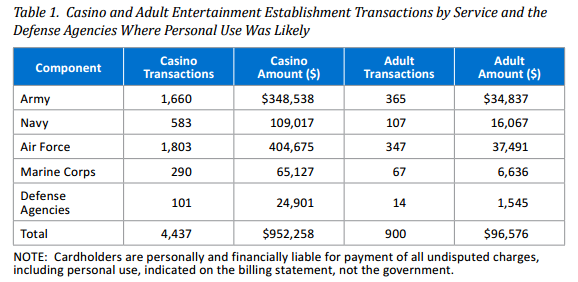Bitcoin and sharing economy pave the way for new ‘digital state’ by Sophie Curtis.
Sophie quotes Cabinet Office minister Matthew Hancock MP as saying:
For example, he said that Cloud Foundry, a Californian company that provides platform-as-a-service technology, could help to create a code library for digital public services, helping governments around the world to share their software.
“Governments across the world need the same sorts of services for their citizens, and if we write them in an open source way, there’s no need to start from scratch each time,” he said.
“So if the Estonian government writes a program for licensing, and we do loads of licensing in the UK, it means we’ll be able to pull that code down and build the technology cheaper. Local governments deliver loads of services too and they can base their services on the same platforms.”
However, he emphasised that this is about sharing programs, code and techniques – not about sharing data. Citizens’ personal data will remain the responsibility of the government in question, and will not be shared across borders, he said.
I’m guess that “The Rt Hon Matt Hancock MP” hasn’t read:
The code reuse myth: why internal software reuse initiatives tend to fail by Ben Morris
…
The largest single barrier to effective code reuse is that it is difficult. It doesn’t just happen by accident. Reusable code has to be specifically designed for a generalised purpose and it is unlikely to appear spontaneously as a natural by-product of development projects.
Reusable components are usually designed to serve an abstract purpose and this absence of tangible requirements can make them unusually difficult to design, develop and test. Their development requires specific skills and knowledge of design patterns that is not commonly found in development teams. Developing for reuse is an art in itself and it takes experience to get the level of abstraction right without making components too specific for general use or too generalised to add any real value.
These design challenges can be exasperated by organisational issues in larger and more diffused development environments. If you are going to develop common components then you will need a very deep understanding of a range of constantly evolving requirements. As the number of projects and teams involved in reuse grow it can be increasingly difficult to keep track of these and assert any meaningful consistency.
Successful code reuse needs continuous effort to evolve shared assets in step with the changing business and technical landscape. This demands ownership and governance to ensure that assets don’t fall into disrepair after the initial burst of effort that established them. It also requires a mature development process that provides sufficient time to design, test, maintain and enhance reusable assets. Above all, you need a team of skilled architects and developers who are sufficiently motivated and empowered to take a lead in implementing code reuse.
…
Reuse Myth – can you afford reusable code? by Allan Kelly
…
In my Agile Business Conference present (“How much quality can we afford?”) I talked about the Reuse Myth, this is something always touch on when I deliver a training course but I’ve never taken time to write it down. Until now.
Lets take as our starting point Kevlin Henney’s observation that “there is no such thing as reusable code, only code that is reused.” Kevlin (given the opportunity!) goes on to examine what constitutes “reuse” over simple “use.” A good discussion itself but right now the I want to suggest that an awful lot of code which is “designed for reuse” is never actually re-used.
In effect that design effort is over engineering, waste in other words. One of the reasons developers want to “design for reuse” is not so much because the code will be reused but rather because they desire a set of properties (modularity, high cohesion, low coupling, etc.) which are desirable engineering properties but sound a bit abstract.
In other words, striving for “re-usability” is a developers way of striving for well engineered code. Unfortunately in striving for re-usability we loose focus which brings us to the second consideration…. cost of re-usability.
In Mythical Man Month (1974) Fred Brooks suggests that re-usable code costs three times as much to develop as single use code. I haven’t seen any better estimates so I tend to go with this one. (If anyone has any better estimates please send them over.)
Think about this. This means that you have to use your “reusableR#8221; code three times before you break even. And it means you only see a profit (saving) on the fourth reuse.
How much code which is built for reuse is reused four times?
…
Those are two “hits” out of 393,000 that I got this afternoon searching on (with the quotes) “code reuse.”
Let’s take The Rt Hon Matt Hancock MP statement and re-write it a bit:
Hypothetical Statement – Not an actual statement by The Rt Hon Matt Hancock MP, he’s not that well informed:
“So if the Estonian government spends three (3) times as much to write a program for licensing, and we do loads of licensing in the UK, it means we’ll be able to pull that code down and build the technology cheaper. Local governments deliver loads of services too and they can base their services on the same platforms.”
Will the Estonian government, which is like other governments, will spend three (3) times as much developing software on the off chance that the UK may want to use it?
Would any government undertake software development on that basis?
Do you have an answer other than NO! to either of those questions?
There are lots of competent computer people in the UK but none of them are advising The Rt Hon Matt Hancock MP. Or he isn’t listening. Amounts to the same thing.




